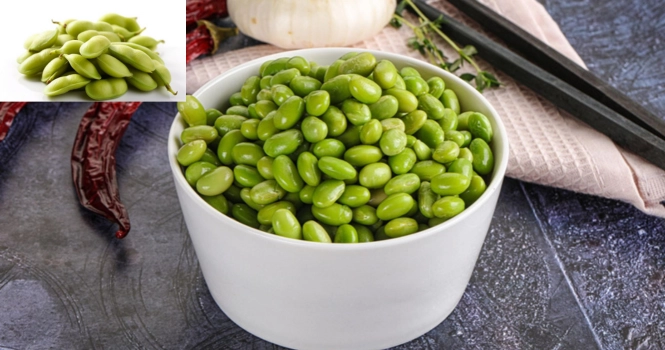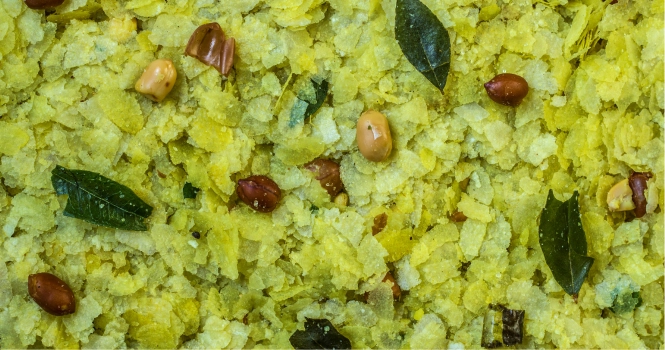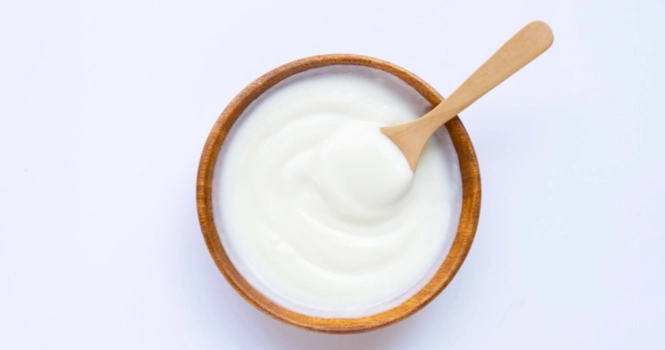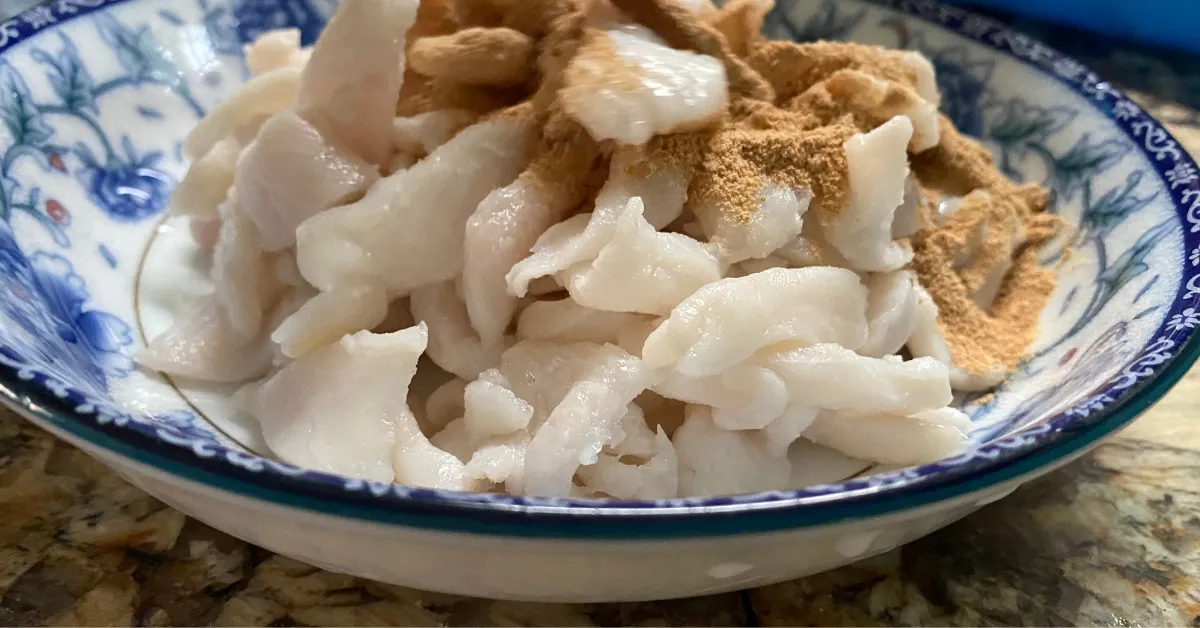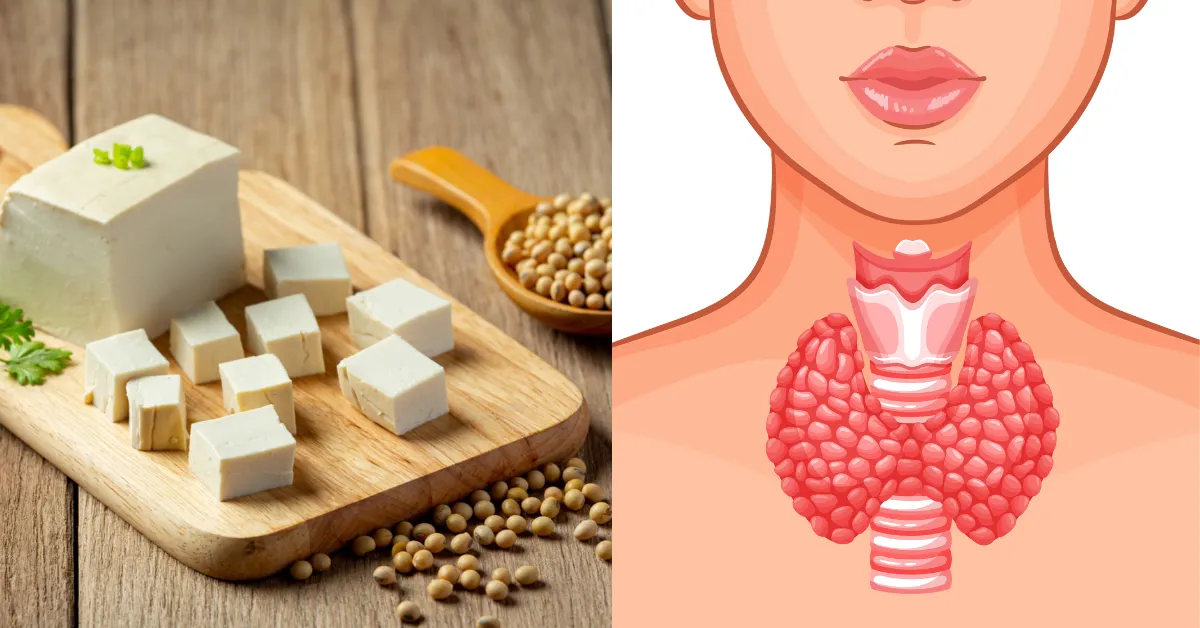How Red Rice Can Support Your Weight Loss Goals
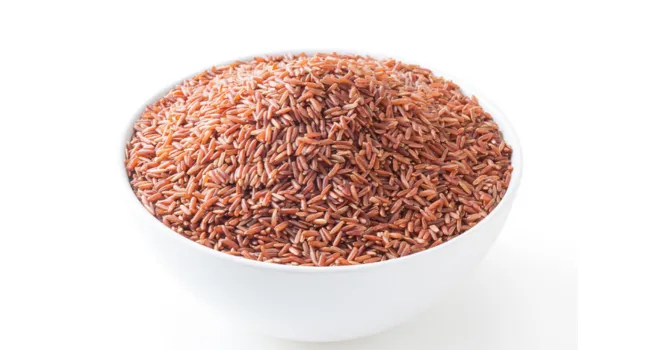
Red rice, particularly known as red yeast rice, is a fermented product that has been used in traditional Chinese medicine and cooking for centuries.
It’s made by fermenting white rice with a specific type of yeast called Monascus purpureus, which gives the rice its characteristic red color.
Red rice, with its distinctive color and nutty flavor, is a whole grain that has been gaining attention for its potential health benefits, including its role in weight management.
Unlike white rice, which has the bran and germ removed, red rice retains its outer layer, where much of the nutritional value is found.
This difference in processing contributes to the unique properties of red rice that may make it a beneficial addition to a weight loss diet.
Nutritional Profile of Red Rice
Red rice is rich in fiber, vitamins (such as B vitamins), minerals (like magnesium and iron), and antioxidants.
The high fiber content is particularly important for weight loss, as it helps promote feelings of fullness, reducing overall calorie intake by slowing down digestion and the absorption of nutrients, leading to a more gradual rise in blood sugar levels.
How Red Rice Supports Weight Loss
1. Satiety and Fullness: The fiber in red rice helps increase satiety, which can prevent overeating and snacking between meals, a crucial factor in creating a calorie deficit for weight loss.
2. Low Glycemic Index (GI): Red rice has a lower glycemic index compared to white rice, meaning it causes a slower increase in blood glucose levels. This can help control appetite and reduce sudden hunger spikes.
3. Nutrient-Dense: Being nutrient-dense, red rice provides essential nutrients without adding empty calories, supporting overall health while on a calorie-restricted diet.
4. Antioxidants: The antioxidants present in red rice, such as anthocyanins, which give it its red color, can help combat inflammation, a factor that is often linked with obesity and metabolic diseases.
Incorporating Red Rice into a Weight Loss Diet
- Portion Control: While red rice is beneficial for weight loss, portion control is still essential. Even healthy foods can contribute to weight gain if consumed in excessive amounts.
- Balanced Diet: For optimal results, red rice should be part of a balanced diet that includes a variety of fruits, vegetables, lean proteins, and healthy fats.
- Cooking Methods: To maximize the health benefits of red rice, avoid cooking it with excessive amounts of fat or salt. Instead, use herbs and spices for flavoring.
Considerations and Potential Limitations
- Calorie Content: It’s important to remember that red rice, like all grains, is relatively high in calories. A single cup of cooked red rice contains around 216 calories, so it should be consumed in moderation as part of a balanced diet.
- Digestibility: The high fiber content, while beneficial for satiety and digestion, may cause bloating or discomfort in some individuals, especially those not used to consuming high-fiber diets.
Red rice can be a nutritious addition to a weight loss diet, offering dietary fiber, essential nutrients, and antioxidants that support overall health and weight management.
Its ability to increase satiety, combined with a lower glycemic index, makes it a potentially better choice than white rice for those looking to lose weight.
However, success in weight loss also depends on overall dietary patterns, portion sizes, and maintaining a balanced diet alongside regular physical activity.
As with any dietary change, it’s advisable to consult with a healthcare provider or a nutritionist to ensure it aligns with your individual health needs and weight loss goals.
Red rice benefits and side effects
Red rice is known for its potential health benefits, primarily due to the presence of compounds like monacolin K, which is chemically identical to the active ingredient in the cholesterol-lowering drug lovastatin.
Benefits of Red Rice
1. Cholesterol Management: Red rice contains monacolin K, which may help lower LDL (bad) cholesterol levels, thus reducing the risk of heart disease.
2. Antioxidant Properties: It is rich in antioxidants, which help in fighting free radicals in the body, potentially reducing the risk of chronic diseases.
3. Metabolic Health: Some studies suggest that red rice may help improve overall metabolic health, possibly aiding in weight management.
4. Heart Health: By managing cholesterol levels, red rice may contribute to heart health and reduce the risk of heart-related conditions.
5. Cultural and Nutritional Value: In addition to its health benefits, red rice is also valued for its nutty flavor and is a staple in many Asian cuisines, providing a good source of fiber and essential nutrients.
Side Effects and Considerations
1. Statins-Like Side Effects: Since monacolin K is similar to lovastatin, red rice can cause side effects similar to those of statin medications, including muscle pain, liver damage, and kidney problems, especially at higher doses.
2. Purity and Regulation Issues: Dietary supplements, including red rice products, are not strictly regulated in many countries, leading to potential purity and consistency issues. Some products may contain very little monacolin K, while others might have amounts equivalent to prescription statins.
3. Drug Interactions: Red rice can interact with other medications, such as those that also affect cholesterol levels, leading to increased risk of side effects.
4. Pregnancy and Breastfeeding: It’s generally advised to avoid red rice during pregnancy and breastfeeding due to the lack of safety data.
5. Allergic Reactions: As with any food product, there is a risk of allergic reactions, which could range from mild to severe.



